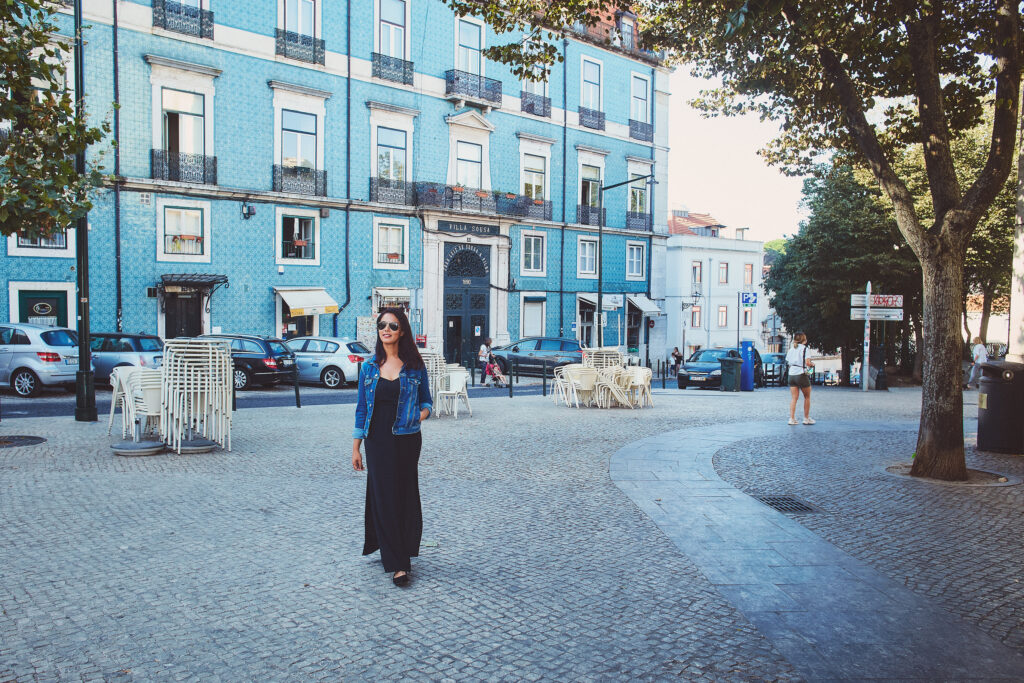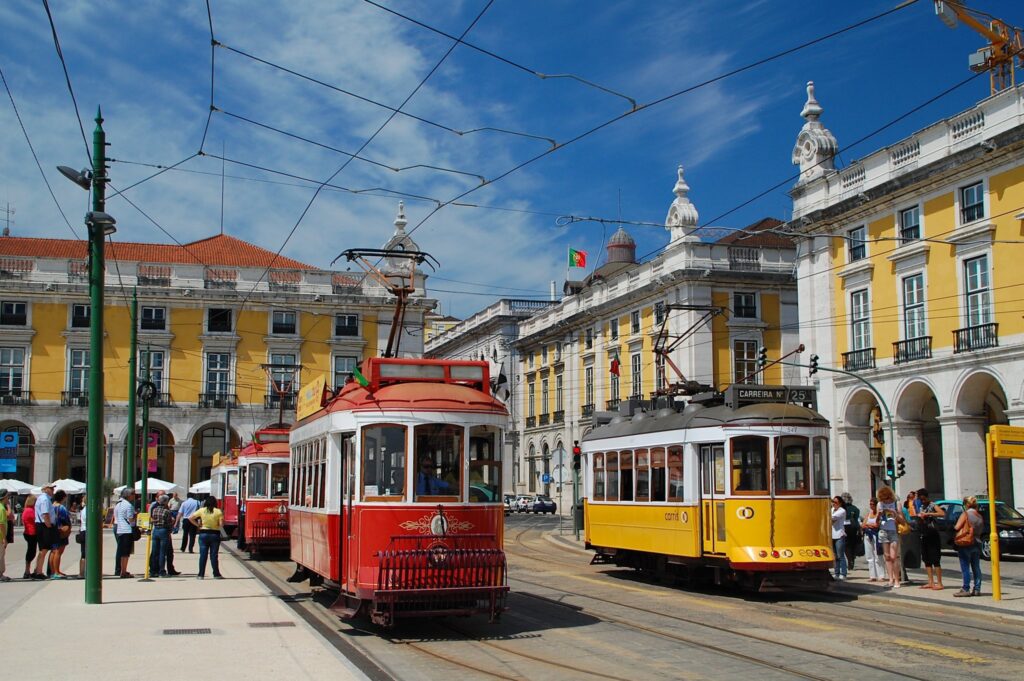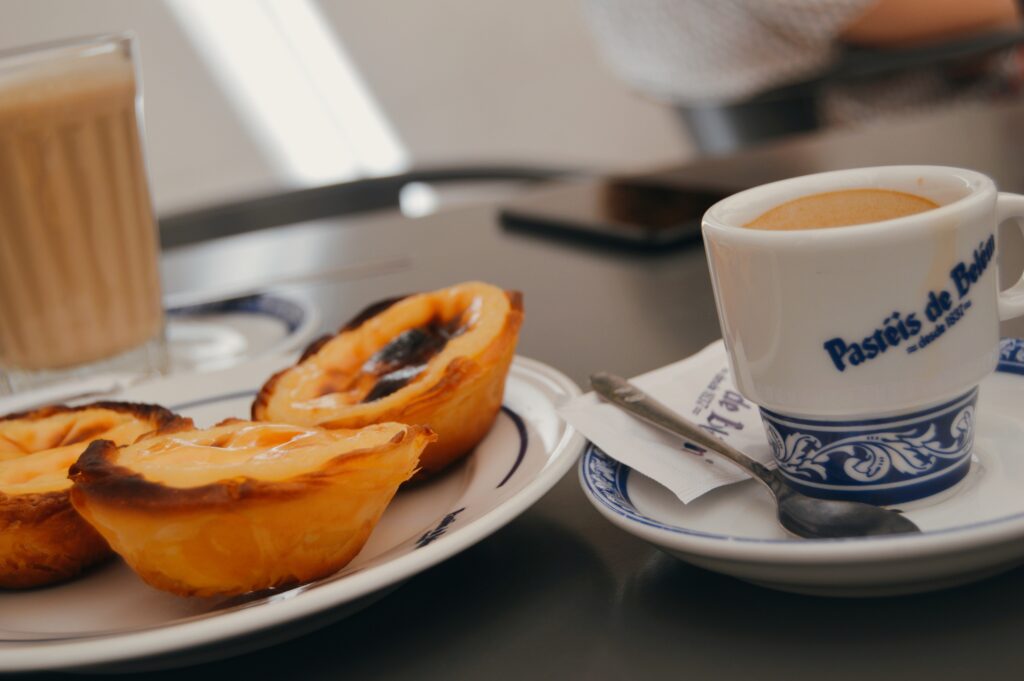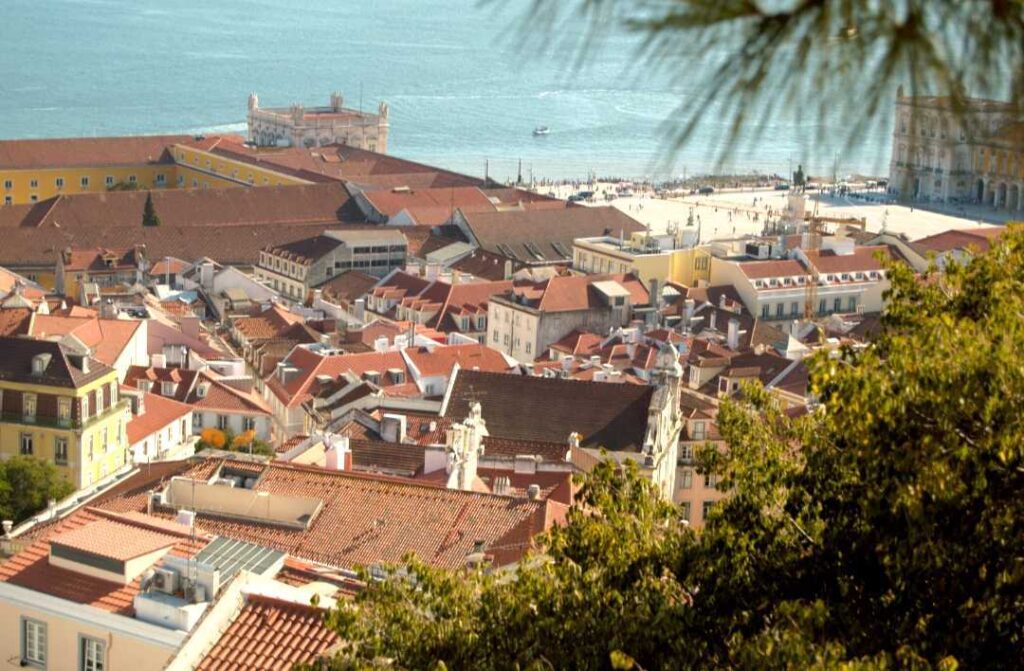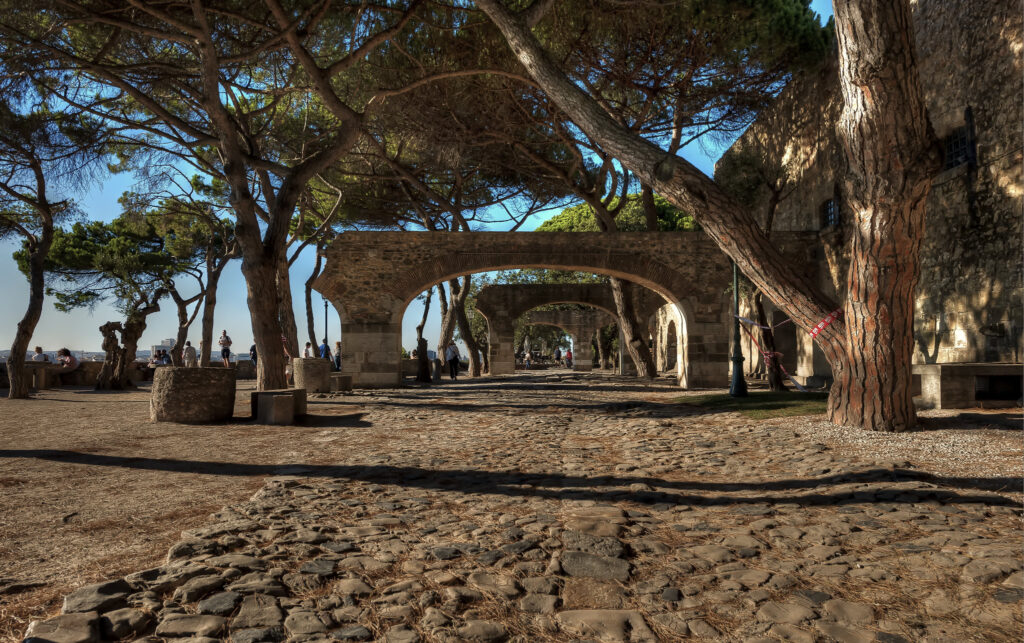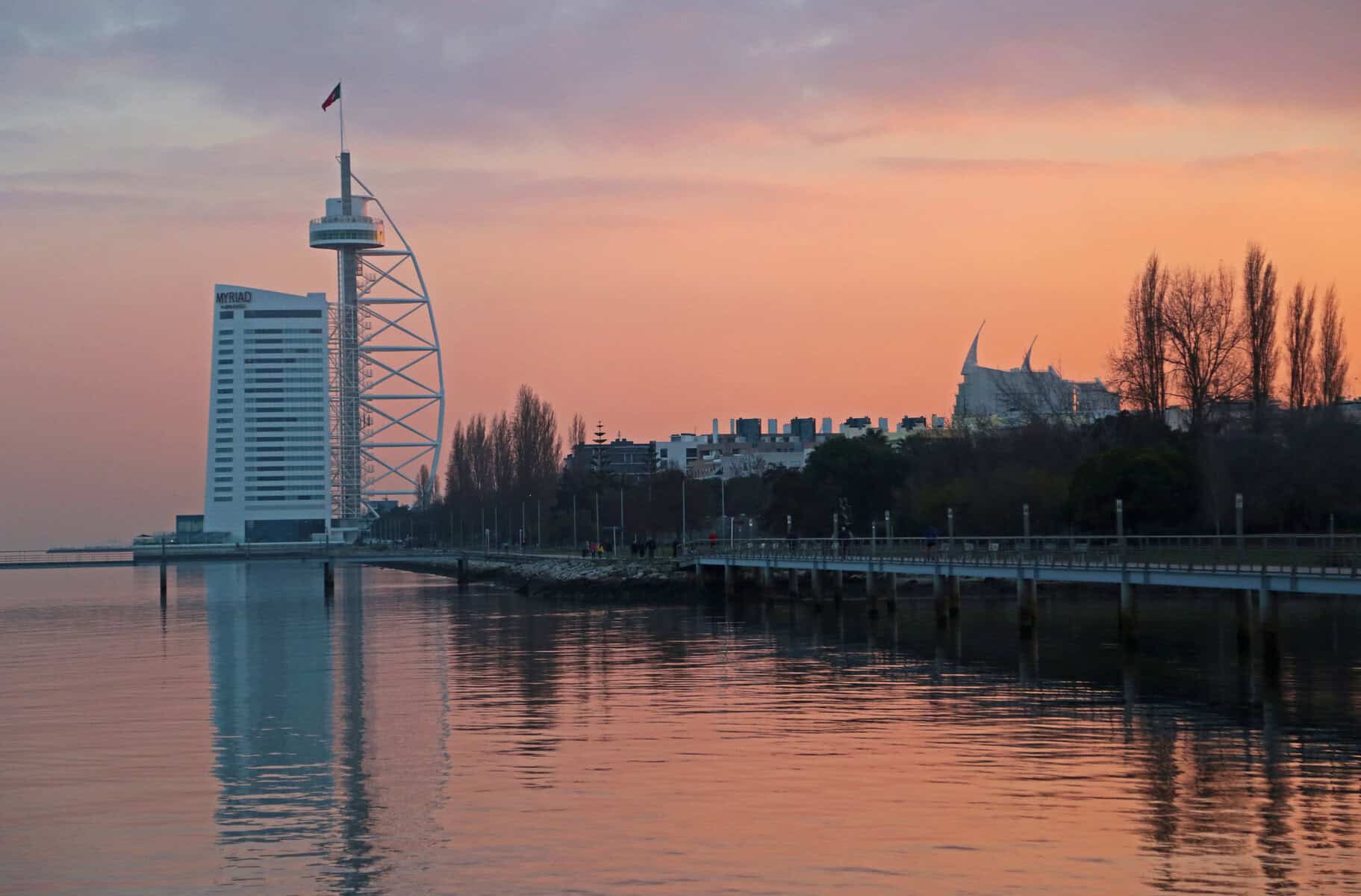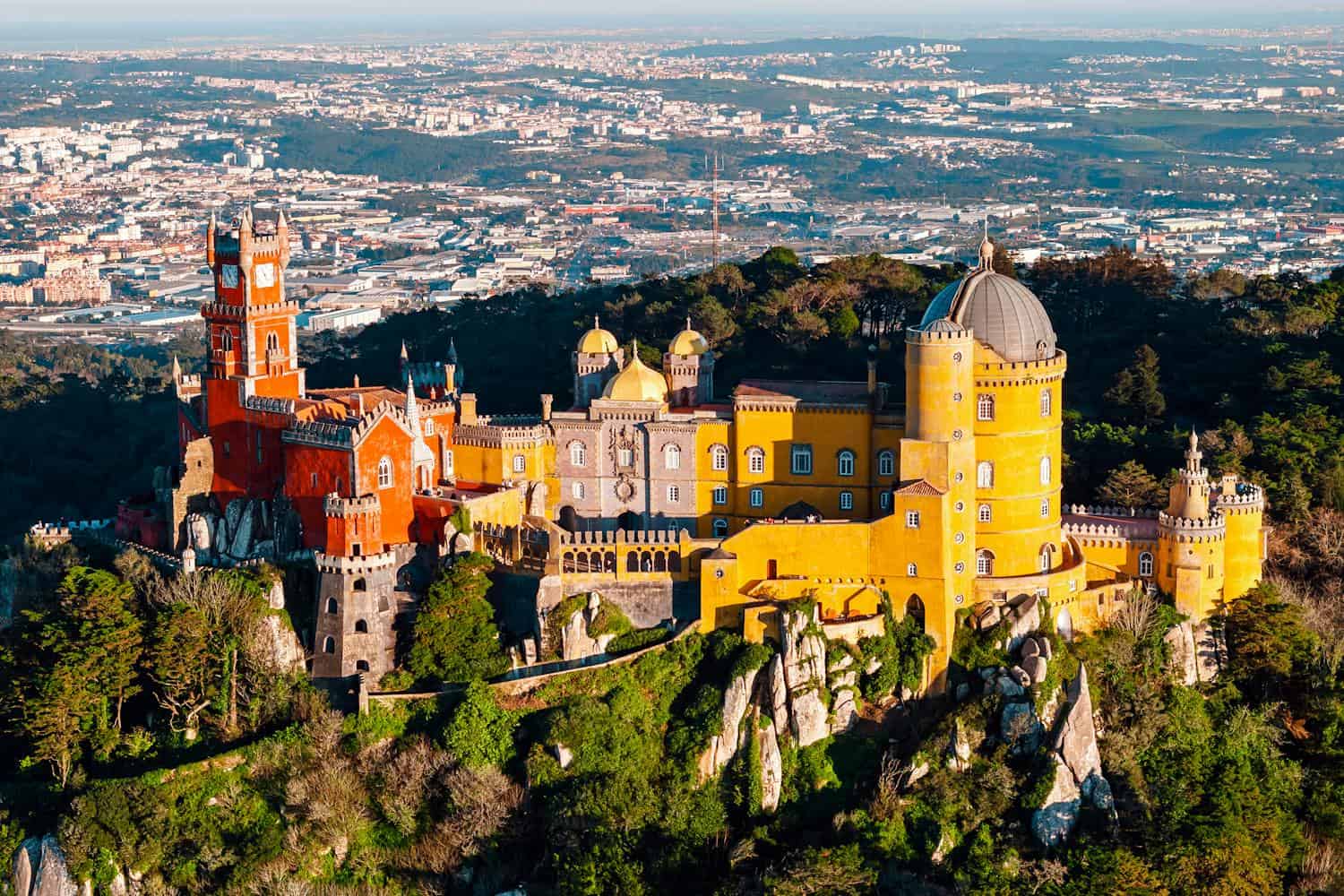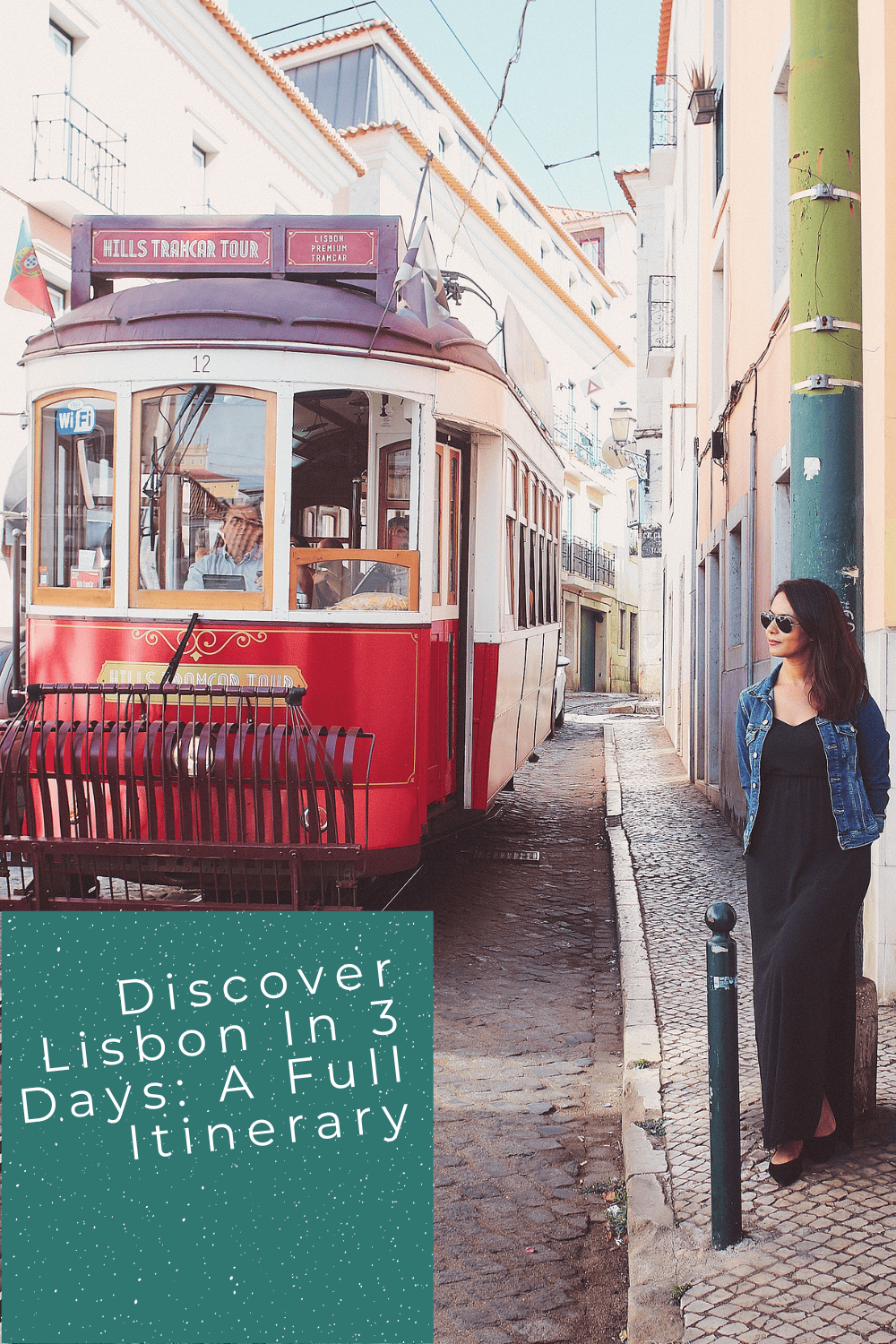
Discover Lisbon In 3 Days: A Full Itinerary

Overview of Lisbon’s dinstinctive culture
Lisbon’s charm lies in its contrasts. The city’s history as a centre of global exploration during the Age of Discoveries is still visible today, with grand monuments standing as reminders of its glorious past. Yet, it is also a city of reinvention, where crumbling facades are decorated with colourful street art, and old factories have been transformed into hip cultural spaces. I am a fan of the local culture, Portuguese people are warm and welcoming and would proudly show off their city and all it has to offer.
Is 3 days enough to visit Lisbon
A city like Lisbon needs more than a few days to fully soak up its soul, but if this is your first time, 3 days is enough to experience the highlights and get a good taste of what Lisbon has to offer, as I’m sure you will be inspired to return for another visit. With careful planning, you can explore the city’s major attractions and even take a day trip to the suburbs.
Best Time to Visit Lisbon
Lisbon can be enjoyed all year-round, but the best weather can be experienced in the spring (March to May) or autumn (September to November) when temperatures are perfect, and the city is less crowded. Spring brings blooming jacaranda trees that add a splash of purple to the cityscape, while autumn offers warm, golden sunsets that are perfect for evening sightseeing. Summer is peak season, with uncomfortably hot temperatures and while the weather is mild in winter, the short days don’t leave much time to see and do a lot.
Essential Packing Tips for Lisbon
Lisbon is on the coast so temperatures can fluctuate, with warm days and cooler evenings, especially in the shoulder seasons. Comfortable walking shoes are a must, as the city is very hilly, with cobblestone streets that can be challenging to navigate. I like to use layers of clothes and a light jacket or scarf for breezy evenings in the shoulder season. In the summer, sunscreen and a hat are a must.
How to get around Lisbon
Lisbon has an efficient and inexpensive public transport system, making it easy to get around the city without a car. I have always used Uber because I found it cheap and reliable but the metro is great for covering long distances. Don’t miss the chance to try the historic yellow Tram 28. The tram begins its journey at Martim Moniz square near the centre of Lisbon and takes a scenic journey through some of the city’s most iconic neighbourhoods such as Graça, Alfama and Chiado before finishing at at the Prazeres Cemetery. Try boarding the tram early in the morning or early evening to avoid the crowds.
You can also take advantage of the funiculars, which are practical for navigating the steep hills while offering scenic views along the way.
If you plan to use exclusively public transport, it’s best to get a Navegante card which can be can be purchased at metro stations, topped with credit and used across all modes of transport.
Lisbon in 3 days: A full itinerary
Day 1: Explore Historic Lisbon
Morning
Belém Tower and Jerónimos Monastery
I recommend doing this in the morning because it gets very busy with locals and tourists especially on weekends. Belém Tower is a UNESCO World Heritage site that once guarded the entrance to Lisbon’s harbor. This fortress is considered a testament to Portugal’s Age of Discoveries.
Just a short walk away is the Jerónimos Monastery, another UNESCO site and a masterpiece of Gothic and Renaissance architecture. The monastery’s cloisters are stunning, with detailed carvings that tell stories of Portugal’s seafaring past. Don’t miss the church where explorer Vasco da Gama is buried.
The Monument of the Discoveries
From there head to the monument of the discoveries, an iconic monument shaped like a ship and created by architect Cottinelli Telmo and sculptor Leopoldo de Almeida as a tribute to Portugal’s Age of Exploration. The monument was originally built in 1940 for the Portuguese World Exhibition and reconstructed in 1960 to commemorate the 500th anniversary of the death of Henry the Navigator. It features statues of 32 historical figures from the Age of Discoveries, including explorers like Vasco da Gama, Ferdinand Magellan, and Pedro Álvares Cabral, as well as other significant personalities like cartographers, scientists, and missionaries. You can take the elevator to the top and for 10 euros enjoy panoramic views from the observation deck.
Seafood for lunch
For lunch, make a stop at Portugália – Belém, a seafood restaurant opposite the monument of discoveries. Their salt cod is one of the best dishes I tried in Lisbon.
Pastéis de nata
You can’t visit Belém without stopping at Pastéis de Belém, the birthplace of Portugal’s famous custard tart. Pasteis de nata are sold everywhere in Lisbon but the one from Pasteis de Belem is uniquely delicious. No wonder they kept the recipe closely guarded since the 19th Century.
The bakery is always busy with locals and tourists but there is a large café inside with the cutest little garden at the back and I highly recommend you grab a table and order a tart or 6. Pair it with a strong espresso for the perfect balance of flavours.
Afternoon:
Explore São Jorge Castle
São Jorge Castle majestically sits on top of one of Lisbon’s seven hills and offers the most beautiful panoramic views of the city and the Tagus River.
The castle is a historical treasure, with roots that stretch back to Roman times. At 15 euros a ticket (free for children under 12), it’s not the cheapest place to visit in Lisbon but it’s totally worth the price. I go back every time I visit Lisbon, usually before sunset and spend at least a couple of hours walking along the ancient walls and beautiful gardens, admiring the stunning views over the estuary and the red rooftops or enjoying a drink from the onsite restaurant, Lovely Castelo, while watching the sunset. There is also a small archaeological museum which you can visit using your entrance ticket.
Get lost in Alfama
Fom the castle, head to the Alfama district, Lisbon’s oldest neighbourhood. Alfama is a maze of narrow, winding streets that takes you back in time. Here, the houses are covered in colourful azulejos (ceramic tiles), and the scent of grilled sardines fills the air. It’s my favourite neighbourdhood in Lisbon and I like to take my time here to wander and get lost instead of following a map. You’ll discover hidden courtyards, small family-run shops, friendly faces and views that surprise you at every turn.
My favourite time to visit Alfama is on Sunday morning before 10 am. The streets are so quiet and free from both the locals and tourists and you can wander peacefully and enjoy the amazing views from the many miradouros.
Evening: Experience Fado Music
As the sun sets, Lisbon’s streets come alive with the soulful sounds of Fado, the traditional music of Portugal.
You can experience Fado in one of Alfama’s traditional Fado houses. In these dimly lit taverns, singers pour their hearts into melancholic tunes that tell stories of love, loss, and longing. Some of these venues offer food so you can enjoy a meal of Portuguese cuisine while being serenaded.
Day 2: Modern Lisbon and Cultural Highlights
Morning:
Start your second day in Lisbon by exploring the Baixa and Chiado districts, the beating heart of the city.
Visit Praça do Comércio and Rua Augusta
Start at Praça do Comércio, an impressive square that opens onto the Tagus River, surrounded by elegant arcades and filled with pretty cafés.
From here, stroll down Rua Augusta, a bustling pedestrian street lined with shops and street performers. Don’t miss the chance to take the Elevador to Santa Justa, a neo-Gothic elevator that offers spectacular views over the city.
Explore the Chiado District
Chiado is Lisbon’s cultural quarter and home to theatres, historic cafés, and old bookshops sitting alongside trendy boutiques. Make sure to stop by the Bertrand Bookstore, the oldest operating bookstore in the world (1732), and grab a coffee at A Brasileira, a historical café which used to be a meeting place for artists and writers.
Time Out Market
For lunch, head to Mercado da Ribeira (Time Out Market) , one of the best Time Out markets I’ve been to. The food hall is huge with an incredible choice of stalls for local and international cuisine. Walk around the whole market before choosing your food, you will most likely want to try more than one option. If you still have room for dessert make a stop at L’éclair for the best looking and tasting eclairs I’ve ever had. Mercado da Ribeira gets very busy in the evenings and weekends but if you go just before midday on a weekday, you should be able to get a table.
Afternoon:
MAAT and Calouste Gulbenkian Museum
If you are after a bit of culture, head to the MAAT (Museum of Art, Architecture, and Technology), a striking contemporary building on the waterfront in Belem area. The museum’s exhibits are cutting-edge, offering an interesting blend of history and modern art.
If you prefer a more traditional art experience, visit the Calouste Gulbenkian Museum, which houses a vast collection of art from ancient to modern times. The museum’s gardens are pretty and offer a peaceful escape from the city.
Explore the Parque das Nações
Parque das Nações was used as the site of Expo ’98 . This dynamic district hosts many pieces of modern architecture, green spaces, and entertainment. You can stroll along the waterfront promenade, visit the Oceanário de Lisboa, one of the largest aquariums in the world or take a cable car ride for a bird’s-eye view of the area. Ticket cost 10 euros for a round trip.
Dine in Bairro Alto
In the evening, head to Bairro Alto, Lisbon’s lively nightlife district and where its bohemian spirit shines. The narrow streets are filled with bars, restaurants, and music venues. For dinner, try Taberna da Rua das Flores, a small but popular spot known for its creative take on traditional Portuguese cuisine.
If you’re in the mood for live music, check out Páginas Tantas, a cozy place with a chill vibe and quality jazz music.
Day 3: Sintra and unique Experiences
Morning:
Day trip to Sintra
On your final day, take a day trip out of Lisbon to the beautiful town of Sintra.
You can get to Sintra by train in under 50 minutes. You can buy a return ticket at the train station or use your Navegante card . The best option if you want convenience is to get an Uber or Bolt and ask them to drop you off at your point of interest in Sintra.
Sintra is set amidst rolling hills and lush forests and is home to some of Portugal’s most beautiful palaces. Pena Palace is the most famous attraction in Sintra, a castle perched on a hilltop that looks like something out of a fairytale.
Other attractions include Castle of the Moors, a medieval fortress with ramparts, towers and spectacular views from one of the highest hills in Sintra and Quinta da Regaleira, a mysterious estate filled with hidden tunnels, symbolic gardens and a spiralling staircase.
You can easily do a couple of these attractions and have plenty of time to visit the town, have lunch and shop for souvenirs before heading back to Lisbon.
Evening:
Sud Lisboa
For your last evening, head to Sud Lisboa, one of Lisbon’s best rooftop places. Located along the Tagus River and not far from the Belém district, the venue has an upscale restaurant on the ground floor and a luxurious rooftop with an infinity pool, a bar and a restaurant that serves Mediterranean cuisine.
The highlight of the venue are the breathtaking views of the river and the 25 de Abril Bridge, particularly at sunset.
Conclusion and final tips
There’s so much more to Lisbon that I haven’t covered in this guide, but I hope it sparks your curiosity and helps fill your trip with unforgettable moments. Remember, it’s not just about ticking off lists, it’s about being present, and often, the most meaningful moments are found in the simplest experiences, so keep an open mind and a sense of adventure as you stroll the narrow streets of Alfama, sip a cocktail on a rooftop or watch an epic sunset over the Tagus River. Happy travels!



